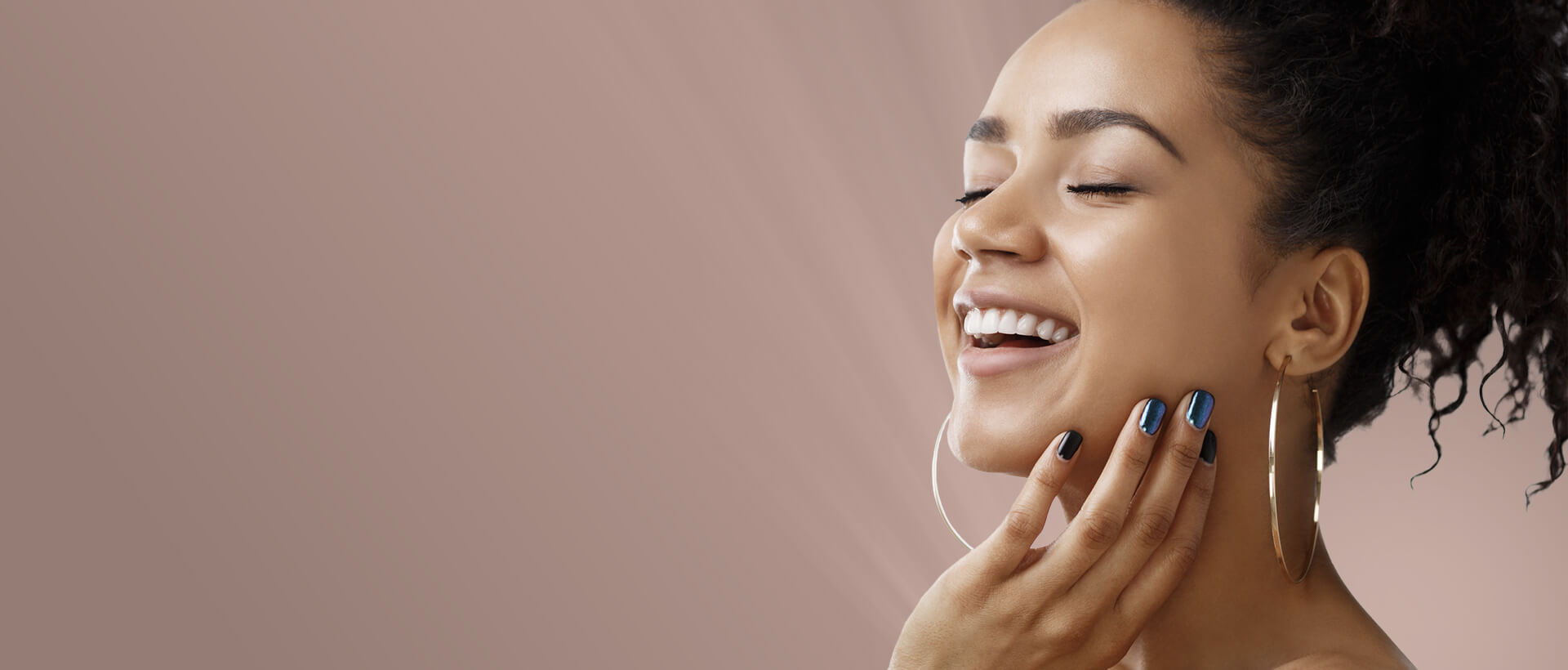
Visible Veins
Visible veins are damaged blood vessels. They develop when the one-way valves inside the veins weaken. In healthy veins, these valves ensure blood can only flow in one direction — back to the heart. When the valves are damaged, they allow blood to flow backward and accumulate, causing pressure to build upon the walls of the vein.
Over time, the increased pressure impairs the vein walls and causes them to bulge. This is when we see a varicose vein or spider vein. We can also develop spider veins due to sun damage, hormonal changes or an injury.
Some people have a higher risk of developing visible veins. You may fall into this category if you:
- Have a family history of visible veins or vein disease
- Have a fair complexion
- Are older
- Spend a lot of time on your feet
- Have a job that requires you to sit all day or have a sedentary lifestyle
- Are pregnant
- Are overweight or obese
- Regularly wear constrictive clothing
- Spend significant time in the sun, especially without adequate protection

Spider Veins
Spider veins are tiny visible blood vessels resembling spider webs or tree branches. They may be red, purple or blue and usually appear on the legs or face. Most people develop spider veins at some point in their lifetime.
Unlike varicose veins, spider veins are not raised or bulging. They do not usually have uncomfortable symptoms or pose an immediate risk to your health. However, they can be an early sign of vein disease, and can develop into more serious conditions if left untreated.
Varicose Veins
Varicose veins are enlarged, rope-like veins that protrude above the skin’s surface. They develop due to underlying vein disease, typically on the legs. People with varicose veins almost always have spider veins, too.
Varicose veins symptoms can include swelling, aching, cramping, itchiness, restless or heavy legs, pain, bleeding, skin discoloration and venous ulcers. They can put you at risk for serious infections and blood clots if left untreated.
Treating Visible Veins
Not all visible veins need to be treated for medical reasons, but even if they are not a health risk, they can be a cosmetic nuisance and a source of embarrassment. Treatment for unwanted veins often starts with self-care measures at home, such as wearing compression stockings, staying out of the sun, losing weight and avoiding prolonged periods of standing or sitting. If these measures are insufficient, laser vein ablation or sclerotherapy are safe and effective options.
